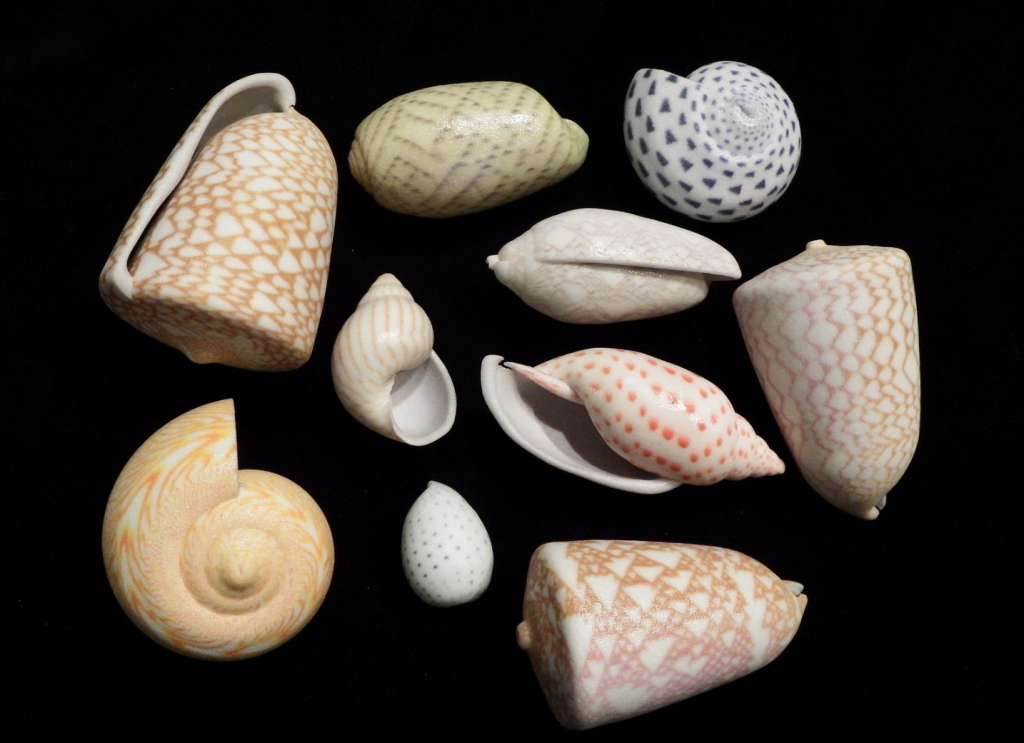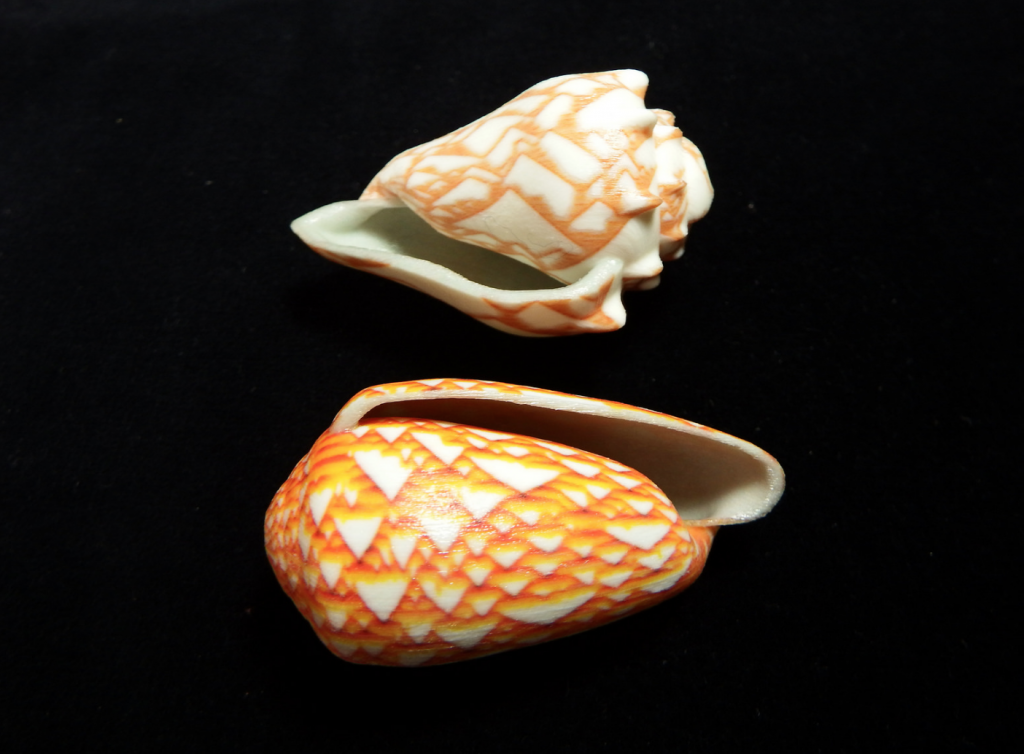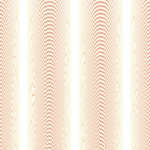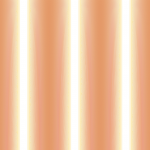



fdecomite on flickr’s work caught my eye, first because the shells seemed so realistic, and secondly because all the computation and experimentation that had to have gone into the this level of biomimicry is extremely impressive. Imagining going back to the spiral exercise we did in lab last week and creating a 3d plane out of it blows my mind. Although there weren’t any details provided for the reasons behind this project (I suspect it was just done out of curiosity/for fun), I can easily see how this kind of prototyping would be useful in scientific research. The possibility of adding a variation aspect, like we did in project 2, basically means that an infinite amount of shell models could be created, and the addition of 3d printing using calcium or other more realistic materials would provide an quick and environmentally friendly way of studying, for example, how calcium in seashells is affected by rising levels of acidity in the ocean.
![[OLD FALL 2018] 15-104 • Introduction to Computing for Creative Practice](wp-content/uploads/2020/08/stop-banner.png)